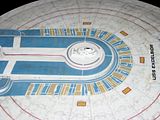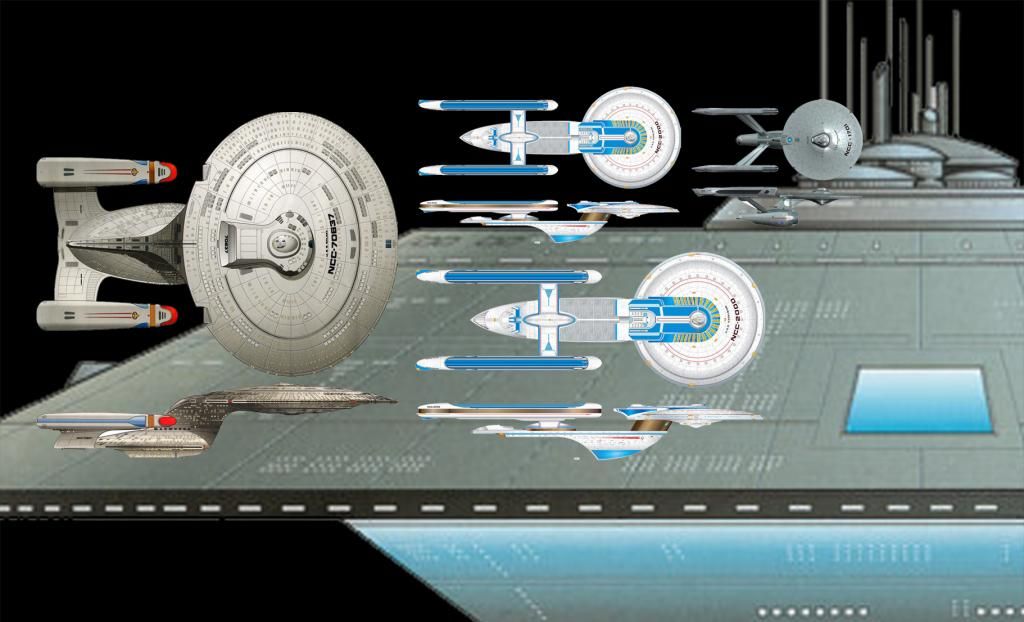Interestingly, Voyager's "Threshold" also claims that they made the first Transwarp flight
More specifically, they speak of "breaking the transwarp barrier", but that could well be but a moving goalpost: back in Henry Archer's time, it was Warp 5, then it became Warp 7, and in Janeway's time it's Warp 10 (on the newest scale).
Even more specifically, it's not just the "barrier" aka "crossing the threshold." They do two things:
1. Fly at transwarp (this would be the "first Transwarp Flight")
2. Cross the transwarp threshold aka Warp 10.
Here we can see they accelerate at Warp to the "Critical Velocity" which appears to be after Warp 9:
PARIS: Warp five. Warp six. Warp seven. I've reached critical velocity.
TORRES: Okay. Everything looks good on this end. Fire up the new engines.
Then they switch to the Transwarp drive and accelerate with that. Notice that flying at Transwarp speeds they still have to accelerate to the "threshold".
PARIS: Acknowledged. Engaging transwarp drive in four, three, two... Transwarp on-line. Warp nine point two, nine point three. My vector's drifting.
KIM: Try to stabilise your field symmetry.
PARIS: Got it. Warp nine point six, nine point seven. I'm reading a fracture in the port nacelle pylon.
TORRES: Full power to structural integrity.
PARIS: Warp nine point nine, nine point nine five. I'm approaching the threshold. But the nacelle isn't holding!
A later successful simulation run to the "threshold" aka Warp 10.
PARIS: Warp nine point nine two. The pylons are secure. Everything looks good. Nine point nine seven, eight, nine. Warp ten!
TORRES: You've crossed the threshold. You've done it. And there's been no damage to the nacelles.
Later on in the actual flight we see that he accelerates up at Warp to past Warp 9 and then engages Transwarp which then is used to fly up to the threshold/warp barrier/Warp 10:
PARIS: Cochrane to Voyager. All systems are nominal. I'm increasing speed.
JANEWAY: We'll keep up with you as long as we can.
PARIS: Warp seven, warp eight...
TORRES: How's his dilithium matrix holding up?
PARIS: Warp nine.
JONAS: There's a slight variance in the warp field, but nothing to worry about.
TORRES: Okay. Torres to shuttlecraft Cochrane. You're clear for transwarp velocity.
PARIS: Acknowledged. Engaging transwarp drive in four, three, two...
PARIS: Warp nine point seven, nine point eight, nine point nine.
TUVOK: He's exceeding our maximum velocity. I'm switching to long-range sensors.
PARIS: Warp nine point nine five!
TUVOK: He is approaching the threshold.
PARIS: Engine output at maximum. Velocity, warp ten.
TUVOK: I don't believe so. Sensors indicate that he did cross the warp threshold.
Then we get this dialogue that they made the first Transwarp flight which means Excelsior never made a Transwarp flight.
JANEWAY: You may be interested to know I'm putting you in for a commendation. Regardless of the outcome, you did make the first transwarp flight.
I suppose you could say "Transwarp" is the speed region between extreme high warp speeds and the "Maximum Warp Barrier" like "Transonic" is the speed region right before the speed of sound. Any drive that flies in that speed range could qualify for "Transwarp".









